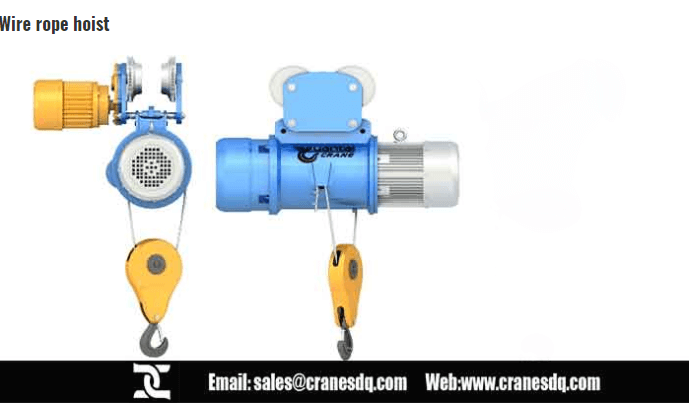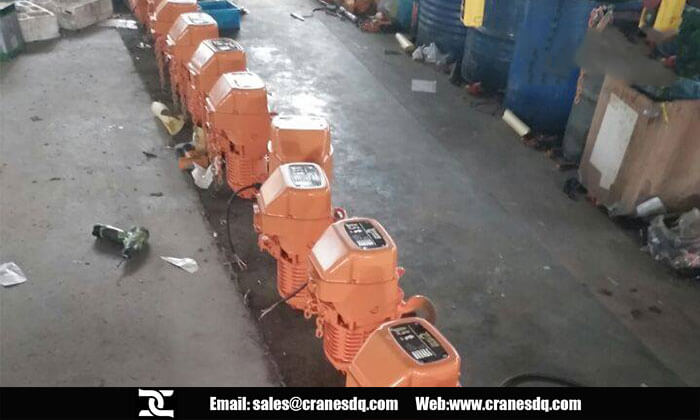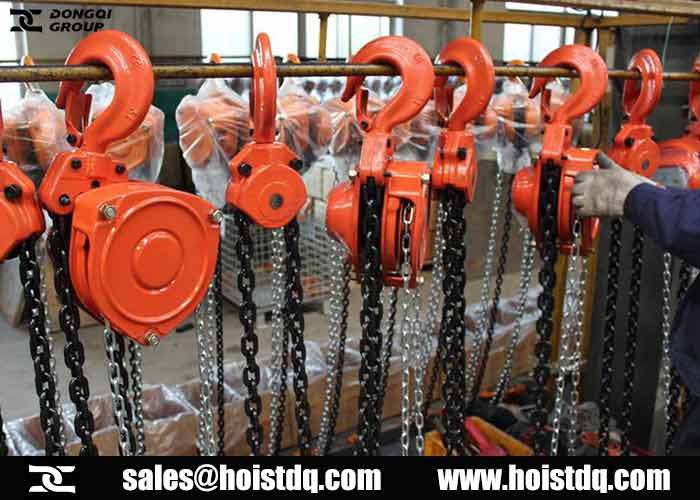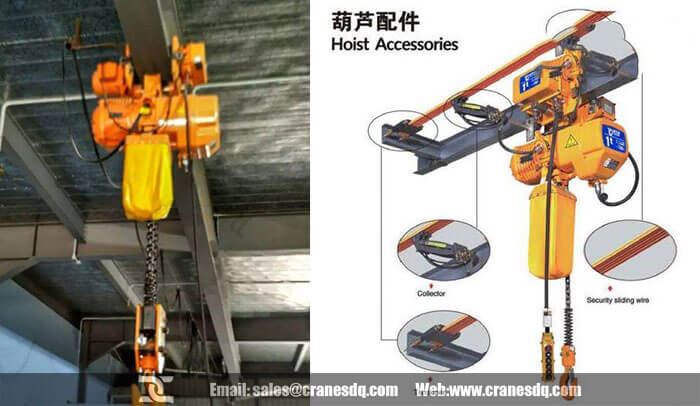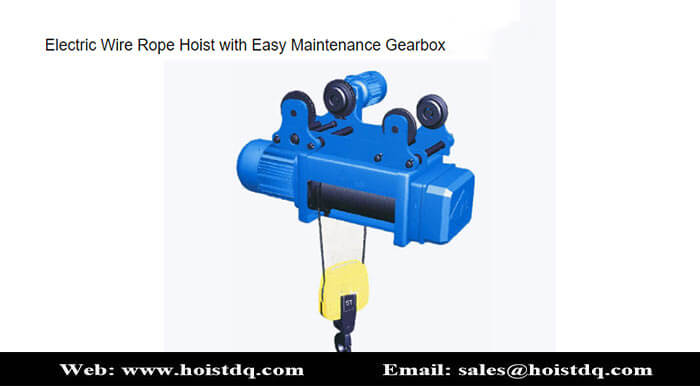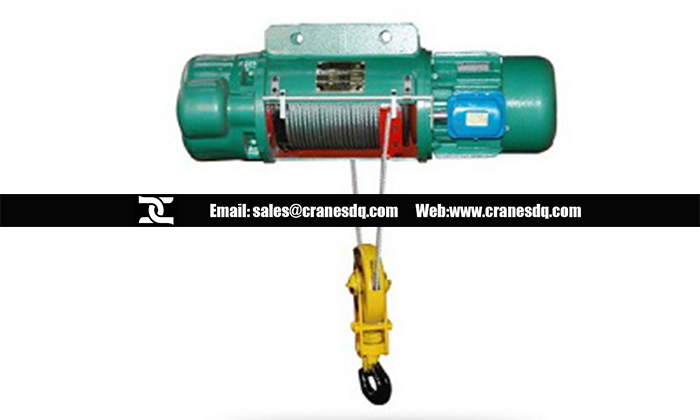DQCRANES electric hoists are typically designed to lift objects vertically. Sometimes, however, operators attempt to make a side pull, or use the hoist horizontally to lift an object that is not directly underneath it.
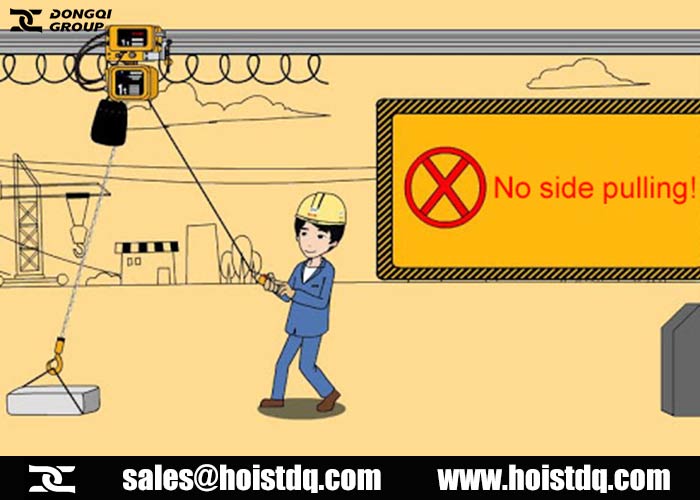
Why to prevent side pulling on electric hoist?
- First of all, the oblique pulling of the electric hoist will cause serious harm to the motor. When the load of the obliquely hung object is lifted to leave the ground and suspended in the air, the object will swing, causing the object to produce centripetal force, increase the load of the motor, the lighter motor will reduce the motor speed, self-overheating, the noise will increase or even abnormal noise, the severer will burn Motor coil.
- The oblique pulling and crooked crane causes a certain amount of squeeze on the wire rope and the rope guide of the electric hoist, causing the friction between the two to increase, causing the wire rope to be squeezed and deformed or grooving disorder. The rope guide is also prone to displacement, and the screw that drives the stopper is displaced correspondingly, so that the rising limit has an advance or lag action.
- Oblique pulling and crooked hanging will also cause certain damage to the electric hoist hook. When the load is suspended in the air, it will inevitably swing. When the swing range is large, the rope sleeve is easy to unhook, and it will also accelerate the dangerous section of the hook and reduce its service life.
- Generally speaking, the electric hoist oblique pulling and crooked crane may not only be overloaded, but also cause different degrees of wear and tear on the parts.
- Additionally, it may place the operator and personnel working near the crane/hoist at risk for injury.
